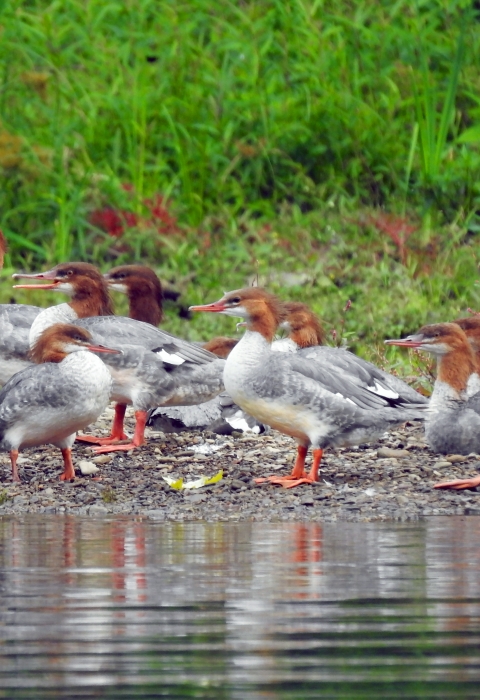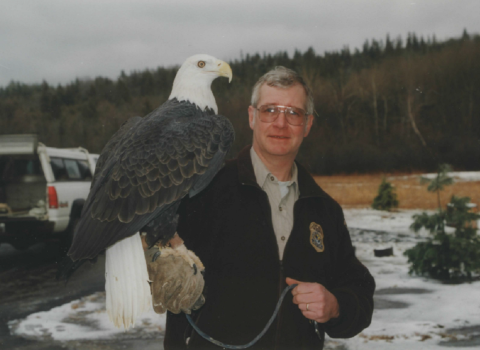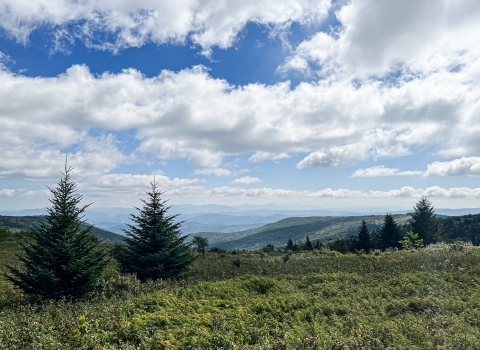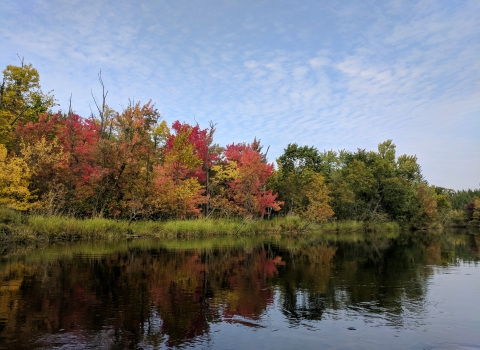The first record of pioneers being killed on Muskingum Island are from 1763, when Mark Curry and John Graver were killed at “Moonskingdom Island by Delaway Jack.” It is possible this is actually a reference to present day Buckley Island, as the two islands have both been referred to as Muskingum Island at various times.
A better-documented attack occurred in 1782, when a ten-man party stranded a boat on the sandbar at the head of the island. John Fitch was a merchant who, in this case, had purchased a large shipment of flour which he wanted to deliver from Fort Pitt to New Orleans. As their boat approached Muskingum Island, he could see they were on a collision course and the men paddled furiously at the last minute to avoid a collision, without success; they were grounded on a gravel bar. In order to free the boat, they unloaded all the flour from the boat, and about sunset the boat was free and drifted down “about 40 pole” where it was tied to a sapling until morning – the men were too fatigued to carry the flour back onboard. At sunrise the next day, a man was sent to scout the island. At about this time, Fitch noticed an axe, placed by the bow line in case the boat needed to be cut free in an emergency, was missing. As he looked in vain for the axe, he realized that the man sent to scout the island ought to have returned but had not done so. Fitch, feeling uneasy, kept his eye to the forest. Suddenly, a volley of gunfire came from a large pile of driftwood about twenty feet from shore. All the men but Captain Magee, who had been knocked dead, leapt below deck. At this point, escape meant cutting the bowline. Thomas Bradley took his hunting knife in hand and crawled up on deck to try and cut the line, and was shot dead. Using a tomahawk, Fitch attempted to cut a hole in the bow from inside the boat so he could reach out and cut the line. He nearly got shot through the hull as he attempted to do this, but before he could complete the task, the captive scout appeared on shore to ask the men to surrender. Fitch had no interest in surrendering, but Parkerson, who owned the boat, surrendered, and to Fitch’s dismay the rest of the crew followed. The men were all taken captive. After their two dead companions were scalped, the surviving members of the party were loaded with stolen cargo and marched twelve days to the indian cities in central Ohio.
John Fitch’s captivity with the Indians, and his sense that the whole thing had begun when they couldn’t paddle their cargo boat quickly enough out of harm’s way, would lead him to eventually invent a steamboat, and he would go on to operate the first steamboat service in the United States.
The gravel bar that stranded Fitch and his party is still a potential navigation hazard, but some wildlife flourish because of it. Muskingum Island’s underwater gravel habitat supports one of the richest freshwater mussel populations anywhere in the Ohio River. Nearly 30 species live here, including the endangered fanshell. The beach at the head of the island is a good place to look for their shells, but state law prohibits their collecting.
A few years after John Fitch’s adventure, Muskingum Island would play host to the famed pioneer Lewis Wetzel. If fall 1789, Wetzel was charged with murdering a Delaware chief and other Indians. At large, Lewis stayed with Hamilton Kerr on Kerr’s Island (today’s Buckley Island, just upriver from Marietta) and the two of them were planning to flee to Kentucky. Law enforcement offers caught wind of Wetzel’s whereabouts, and he surrendered to the law the night before he and his friend were to leave. Lewis was manacled and locked in the jail at Fort Harmar. According to an interview with descendent Charles Wetzell, Lewis escaped Fort Harmar and swam to Muskingum Island where a man named Wiseman, a revolutionary War veteran and admirer of Wetzell, was living. Wiseman removed the irons from Lewis’s hands (which means Wetzel had swum to the island while in irons; an impressive feat).
By the mid-19th century, like most islands, Muskingum was used primarily for farming. When Joseph Hutchinson owned the island in 1870, about 2/3 of the island was under cultivation with corn, what, potatoes and fine orchards.
In the early 20th century, the island’s pioneer days long past, the island was covered in oil derricks. About 40 oil wells stood on the island, 33 of them from before 1929. This has led to significant environmental degradation on the island. Before the island became part of the wildlife refuge, a leaky wellhead had saturated a 75 square foot area with a significant loss in vegetation. Collection pipes, well casings and other debris now gape from island banks where erosion has removed the soil … The island's exposed bank offers nesting habitat for certain birds. Belted kingfishers, bank and northern rough-winged swallows excavate nesting burrows here. Their entrance holes are visible in many places.
Public Access point: Williamstown public access ramp under, under SR 14 bridge in Williamstown, WV



